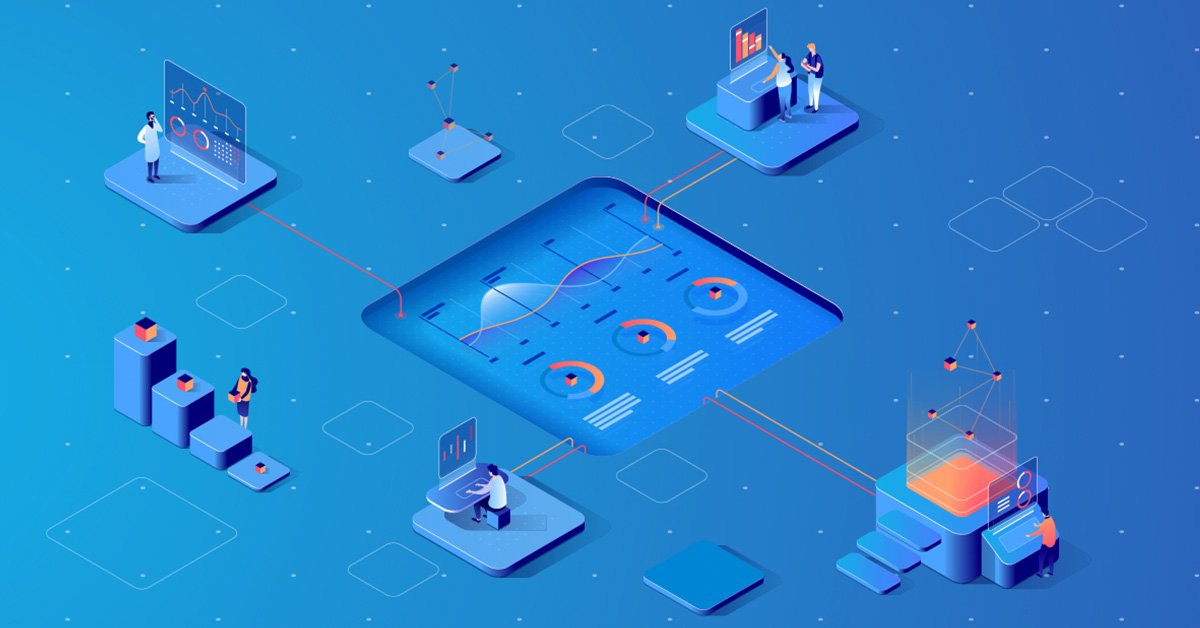In today’s globalized world, the movement of money across borders is an essential part of many people’s lives. This financial exchange, commonly referred to as remittance, plays a critical role in the economies of both the sending and receiving countries. But what is the precise remittance meaning, and why is it so crucial for cross-border payments? This article delves into these questions, explaining the mechanisms behind remittances and their significance, with a special mention of methods like IMPS.
What is Remittance?
At its core, remittance meaning refers to the transfer of money from a person in one country to a recipient in another. This is often undertaken by expatriates or foreign workers sending part of their earnings back home to support their families. Remittances can be sent through various formal and informal channels, including banks, money transfer operators like Western Union, and even digital wallets.
How Remittances Work
The process of remitting money involves several key steps:
- Sending: The sender initiates the transfer through a bank, online service, or money transfer operator. They need to provide details such as the amount to be sent, the recipient’s information, and the destination country.
- Processing: The payment intermediary processes the transfer. This step involves currency conversion, compliance with international regulations, and sending the money through approved channels.
- Receiving: The recipient gets the funds, often in local currency, through their bank account, cash pickup points, or even directly into a digital wallet.
Key Elements of Cross-Border Payments
Currency Exchange
One of the most vital aspects of remittances is currency exchange. For example, if someone in the United States wants to send money to India, the U.S. dollars must be converted into Indian Rupees. The exchange rate can significantly affect the final amount received, making it critical to use services that offer competitive rates.
Transaction Fees
Transaction fees vary depending on the service provider. Banks often charge higher fees compared to digital wallets or specialized money transfer services. Therefore, people should consider these fees when choosing how to send money.
Speed
The speed at which money is transferred can range from a few minutes to several days. This largely depends on the service used. For instance, the Immediate Payment Service (IMPS) can facilitate rapid transactions, making it a popular choice for many senders.
IMPS – A Game Changer in Remittances
The Immediate Payment Service (IMPS) is an instant, 24/7 interbank electronic fund transfer service in India. Initially launched to facilitate quick and easy domestic transactions, IMPS has increasingly become a vital part of the global remittance ecosystem. IMPS allows for real-time transfer of funds, making it an attractive option for people wanting their money to reach its destination quickly.
Advantages of IMPS:
- Speed: One of the most significant benefits of IMPS is its speed. Transactions are processed instantly, making it ideal for urgent transfers.
- Convenience: IMPS transactions can be initiated via multiple platforms such as mobile banking, internet banking, ATMs, and SMS, providing unmatched convenience.
- 24/7 Availability: IMPS operates 24/7, including on holidays, thus making it exceptionally reliable for time-sensitive transfers.
- Security: IMPS uses robust security protocols, ensuring that the transactions are safe from fraud and unauthorized access.
Economic Impact of Remittances
Remittances are not just a lifeline for individuals but also have broader economic implications. For many developing countries, remittances form a substantial part of the GDP. They are an essential source of foreign currency and contribute significantly to economic stability.
Poverty Reduction
Money sent back home can help families cover basic needs such as food, healthcare, and education. This not only improves individual quality of life but also contributes to poverty alleviation on a broader scale.
Boosting Local Economies
The money received from remittances often gets reinvested into local economies through consumption and small-scale investments, thus creating a positive cycle of economic growth.
Financial Inclusion
Remittances also encourage financial inclusion. As families receive money, they are more likely to engage with financial institutions, opening bank accounts and accessing financial products. This fosters an environment where more people participate in the formal financial system.
Challenges in Remittances
Despite the vital role remittances play, several challenges exist:
- High Transaction Costs: Traditional banking systems and some money transfer operators charge high fees for cross-border transactions, eating into the money received by families.
- Regulatory Barriers: Different countries have various regulatory requirements that can complicate the transfer process. Compliance with anti-money laundering (AML) and counter-terrorist financing (CTF) regulations are necessary, but they can also slow down transactions.
- Limited Access in Remote Areas: In rural or remote areas, access to banking or money transfer services can be limited, making it harder for recipients to get their funds.
The Future of Remittances
Technological advancements, including UPI, blockchain and digital currencies, are poised to further revolutionize the remittance industry. These technologies promise to lower costs, enhance speed, and provide more secure transaction methods. Solutions like IMPS serve as a steppingstone towards these advancements, showcasing how technology can streamline financial processes.
Conclusion
In conclusion, understanding the remittance meaning and its workings is crucial for appreciating its importance in cross-border payments. As an essential financial service, remittances enable millions of people to support their families, boost local economies, and contribute to global economic stability. Services like IMPS are continually enhancing the efficiency and security of these transactions, ensuring that remittances remain a vital part of our interconnected world.



